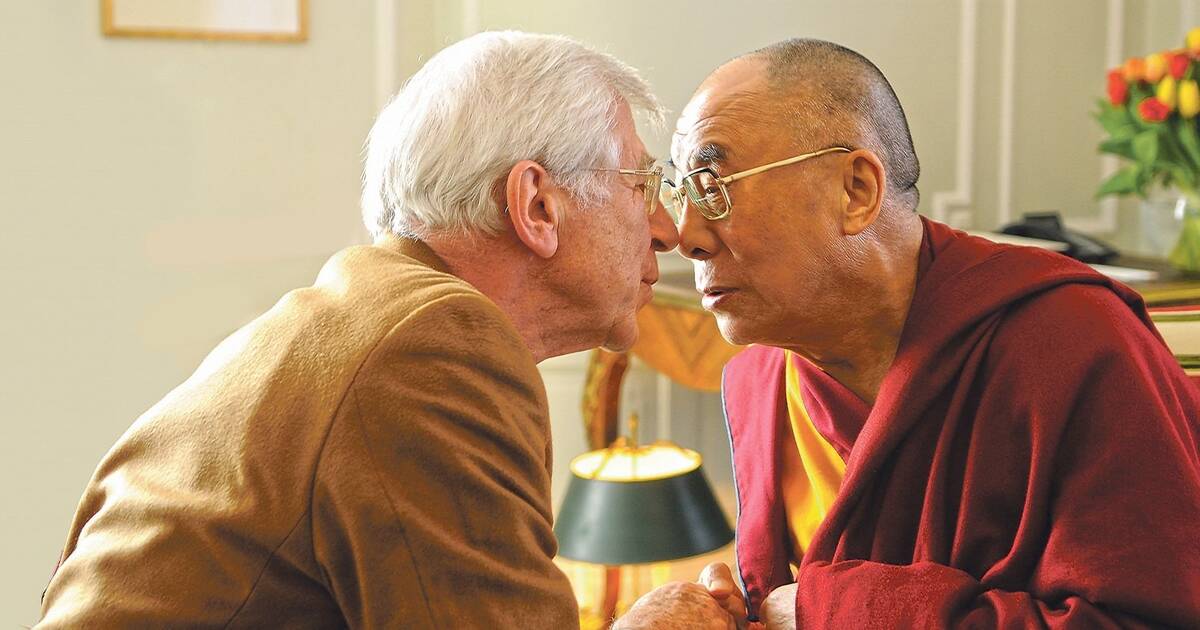

They presented some items to the child, including a mala, or rosary, and a bell that belonged to the deceased Dalai Lama. They came back a few days later with the formal intention of performing the final test. The search party went to his home and observed him without revealing their reasons. Lhamo was around three years old at the time. Furthermore, the vision also clearly indicated a three storey monastery with a gold and turquoise roof, and another vision of a small house with odd guttering.Ī monastery at Kumbum in Amdo fitted the description given by the High Lama and, after a careful search of the neighbouring villages, the house of Lhamo Dhondrub was identified. This, combined with a vision a High Lama had when looking in the sacred lake Lhamo Lhatso, indicated that Amdo was the village they should search. The face of the embalmed thirteenth Dalai Lama is reported to have mysteriously turned north east. The High Lamas of the Gelugpa tradition had been searching for many years for the next reincarnation of the Dalai Lama, but according to reports, there were incidents which marked out Lhamo as the correct child. His Holiness, Tenzin Gyatso, was born Lhamo Dhondrub on Jto a peasant family in the province of Amdo, in a village called Takster in northeastern Tibet.

He was born in 1935 and recognised as the reincarnation of Thubten Gyatso at a young age. Tenzin Gyatso is the fourteenth Dalai Lama of Tibetan Buddhism. However, as Tibet has been taken by the Chinese government, Tenzin Gyatso says that if he is reborn it will not be in a country run by the People's Republic of China, or any other country which is not free. The search for the Dalai Lama has usually been limited to Tibet, although the third tulku was born in Mongolia. This procedure, however, as Tenzin Gyatso has said himself, is not set in stone if two thirds of the Tibetan people wish to change the method of identifying the next reincarnation, this would be just as valid. If the boy chooses the items that belonged to the previous Dalai Lama, this is seen as a sign, in conjunction with all of the other indications, that the boy is a reincarnation.

Once the High Lamas have located the home and the boy, they present a number of artefacts which they have brought with them in preparation, to the child.Īmongst these artefacts are a number of items that belonged to the deceased Dalai Lama. This may be either a vision or some indication of the direction in which to search.The home and village of Tenzin Gyatso was identified in a vision from this lake.

The Dalai Lama is the head monk of Tibetan Buddhism and traditionally has been responsible for the governing of Tibet, until the Chinese government took control in 1959. Potala Palace, the Dalai Lama's residence until 1959 The Dalai Lama The rôle of the Dalai Lama


 0 kommentar(er)
0 kommentar(er)
